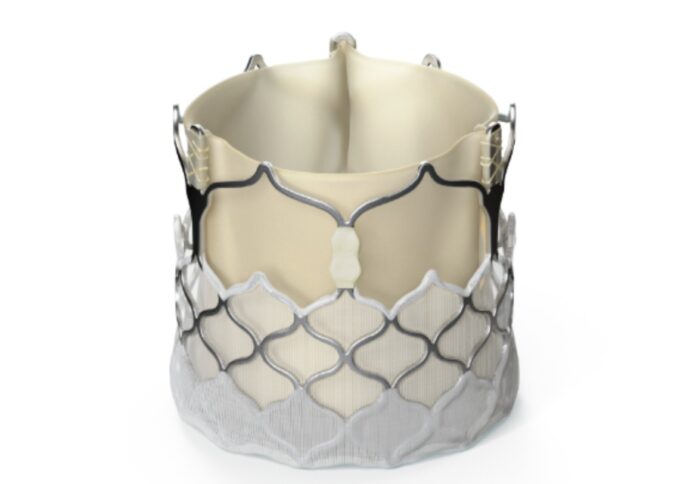
Anteris Technologies announced that the US Food and Drug Administration (FDA) has approved the manufacturing of DurAVR THV, a 3D single-piece aortic heart valve replacement, at the company’s recently expanded production facility in Maple Grove, Minnesota.
The ASX-listed company said the FDA’s approval will enable the company to boost production efficiency to construct DurAVR Transcatheter Heart Valves in anticipation of upcoming clinical investigations, which will result in significant cost savings for the company.
As part of the DurAVR THV Early Feasibility Study (EFS) and Global Pivotal Studies, DurAVR THV’s made in the Maple Grove plant will be made available to top interventional cardiologists treating patients with severe aortic stenosis.
While increasing overall production capacity, Anteris said the enlarged Maple Grove facility complements current tissue engineering capabilities in Malaga, Perth, where the company’s patented ADAPT anti-calcification technology is manufactured.
Wayne Paterson, Anteris’ chief executive officer, commented on the approval, emphasising that the initial phase of the production for clinical use will bring a positive impact.
“The commencement of valve production for clinical use at our US Maple Grove facility introduces great efficiencies and reduces manufacturing costs and is within easy reach of the world’s largest TAVR centres and cardiovascular market,” noted Paterson.
Founded in 1999, Anteris Technologies is a structural heart company that delivers clinically superior and durable solutions through better science and better design.
The Brisbane-headquartered company said its main objective is to create cutting-edge technology that will aid medical practitioners in consistently providing patients with life-changing results.
With advancements created to last the rest of a patient’s lifetime, Anteris claims that its DurAVR 3D single-piece aortic heart valve replacement meets the needs of today’s younger and more active aortic stenosis patients.



















